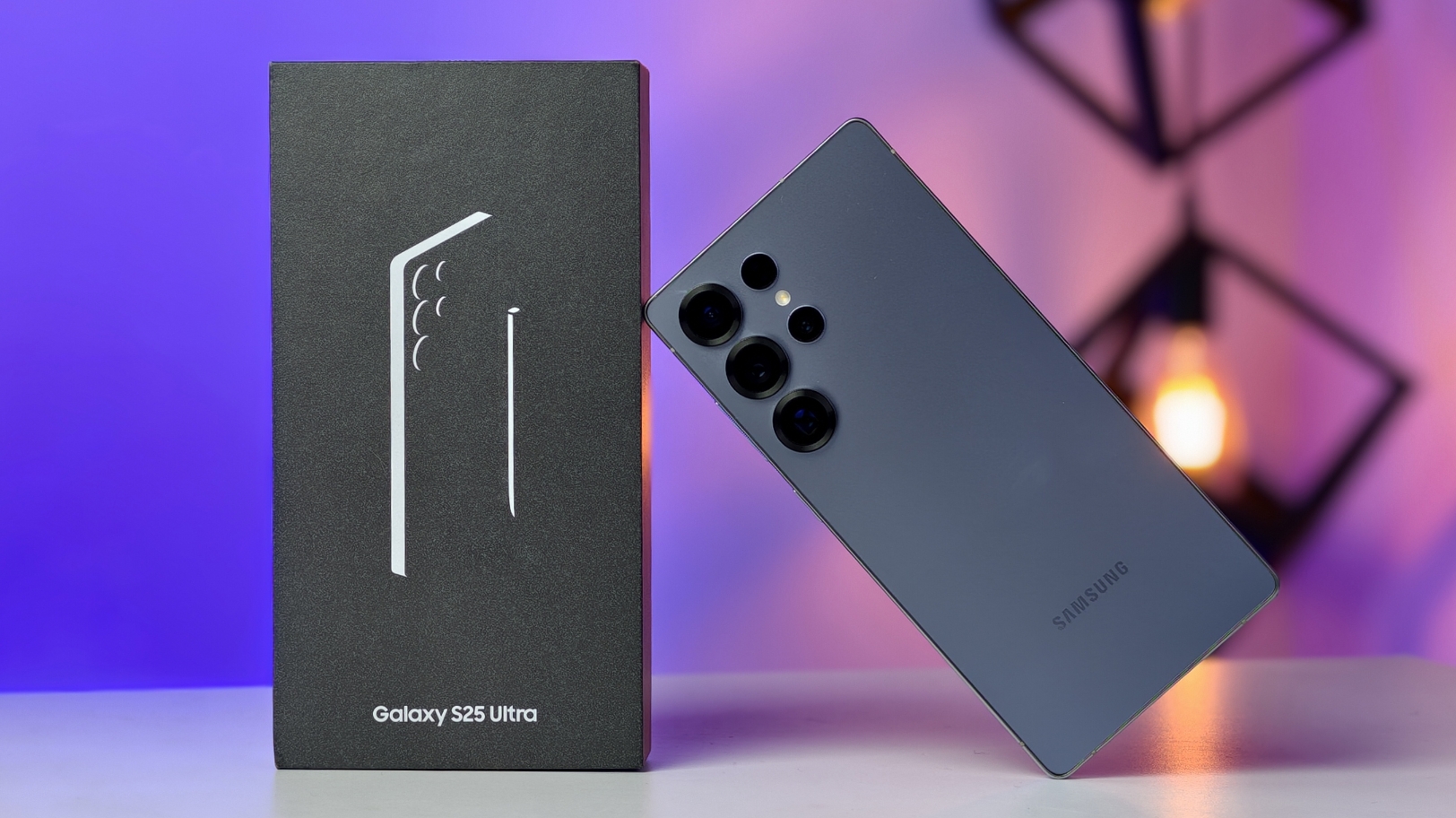Navigating the digital world can feel like a tightrope walk for parents of teenagers. Concerns about online safety, inappropriate content, and excessive screen time are constant. But what if there was a feature designed to provide a safer and more controlled social media experience for this vulnerable age group? Enter Meta’s “Teen Account” feature, a significant step towards addressing these very concerns. Initially launched and seeing considerable success on Instagram, Meta is now expanding this protective umbrella to include Facebook and Messenger, potentially offering a much-needed layer of security and peace of mind for families.
So, what exactly is this “Teen Account” feature, and who stands to benefit the most from it? Let’s delve into the details of this potentially transformative update.
What is Meta’s Teen Account Feature?
Think of “Teen Accounts” as a specially configured profile designed for users under the age of 16. Building on the framework first established on Instagram, these accounts come with a suite of built-in safeguards and restrictions activated by default. The core principle is to limit potential harm by controlling who can interact with the teen and what kind of content they are exposed to.
Upon creating a new account on Facebook or Messenger, users identified as being under 16 will automatically be placed into a “Teen Account.” This isn’t just a label; it comes with tangible restrictions. One of the primary benefits is enhanced privacy. These accounts are set to private by default, meaning only approved followers or connections can view their posts and stories. This significantly reduces the chances of interactions with unknown or potentially harmful individuals.
Furthermore, the feature incorporates stringent content controls. Meta has implemented the strictest level of sensitive content filters by default on these accounts. This aims to shield young users from potentially inappropriate or mature content that might be prevalent on the platforms. Direct messaging functionalities are also tailored for safety. Teen Accounts restrict who can send direct messages, typically limiting interactions to people the teen already knows or follows. This helps prevent unwanted contact and potential cyberbullying.
Who Gets the Benefit?
The most direct beneficiaries of Meta’s Teen Account feature are, undoubtedly, teenagers under the age of 16 and their parents or guardians.
Teenagers: For young users stepping into the world of social media, the Teen Account offers a safer environment to connect with friends and family. The automatic privacy settings and content filters provide a buffer against some of the negative aspects that can sometimes be associated with online platforms. The restrictions on direct messaging from strangers can also help in preventing unwanted or potentially harmful interactions. Moreover, the inclusion of screen time reminders and a “Quiet Mode” during nighttime hours encourages healthier digital habits from a young age. These features can empower teens to manage their social media engagement in a more balanced way.
Parents and Guardians: The introduction of Teen Accounts on Facebook and Messenger is likely to be a significant relief for parents. The feature provides a greater sense of control and visibility over their children’s online activities. Through Meta’s Family Center, parents can actively supervise their teen’s account. A crucial aspect of this supervision is the requirement for parental consent for any changes to critical settings. For instance, if a teen attempts to turn off nudity protection or wants to start a live stream, they will need their parent’s approval. This added layer of control ensures that important safety measures are not easily bypassed by younger users. The expansion of these features to more platforms signifies Meta’s commitment to addressing parental concerns about online safety.
The Impetus Behind the Change:
This move by Meta isn’t happening in a vacuum. It comes at a time when social media platforms are facing increasing scrutiny from lawmakers and the public regarding their impact on the well-being of young people. Legislation like the Kids Online Safety Act (KOSA) in the US aims to hold platforms accountable for protecting children from online harms. Meta, along with other major platforms like TikTok and YouTube, has also faced lawsuits concerning the potentially addictive nature of their services. In fact, in 2023, 33 US states sued Meta, alleging they misled the public about the risks associated with their platforms.
The expansion of Teen Accounts can be seen as a proactive step by Meta to address these concerns and demonstrate a commitment to user safety, particularly for younger demographics. The company highlights the success of the feature on Instagram, stating that since its implementation, a remarkable 97% of users aged 13–15 have remained within the default protective settings. This high adoption rate suggests that the feature is not only effective but also well-received by its intended users.
New Restrictions and Features:
Building upon the existing protections, Meta is also introducing new restrictions, specifically for Instagram Teen Accounts. Teens under 16 will now require parental authorization to initiate Instagram Live broadcasts. Additionally, parental permission will be mandatory for these younger users to disable the feature that automatically blurs images in direct messages if nudity is suspected. These additions further strengthen the safety net for young users on the platform.
Global Impact and Future Rollout:
The initial rollout of Teen Accounts on Facebook and Messenger began on April 8, 2025, in the United States, the United Kingdom, Australia, and Canada. Meta has announced plans to expand this feature to other regions in the near future, indicating a global commitment to enhancing teen safety across its platforms. As of the initial rollout, Meta reported over 54 million active Teen Accounts globally, with expectations of this number growing as the feature becomes available in more countries.
A Step in the Right Direction?
The introduction and expansion of Meta’s Teen Account feature appear to be a significant step towards creating a safer online environment for younger users. By implementing automatic privacy settings, content filters, and parental controls, Meta is directly addressing many of the key concerns raised by parents and child safety advocates. The high adoption rate on Instagram suggests that these features are both practical and effective.
However, it’s important to acknowledge that technology alone cannot solve all the challenges associated with online safety. Parental involvement, open communication between parents and teenagers, and digital literacy education remain crucial components of ensuring a positive and safe online experience for young people. While Meta’s Teen Account offers a valuable set of tools and protections, it should be seen as one part of a broader strategy to safeguard teenagers in the digital age.



















